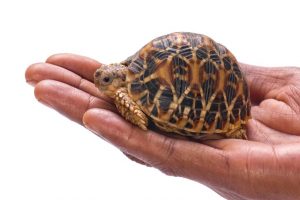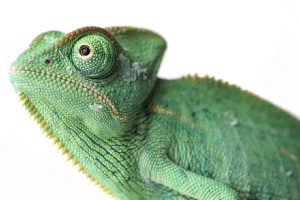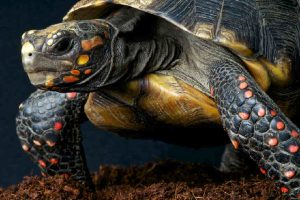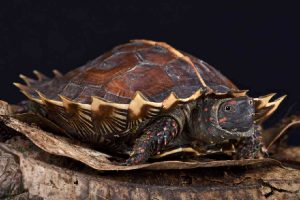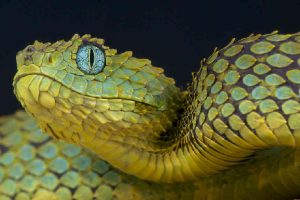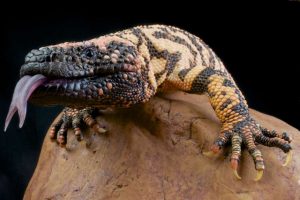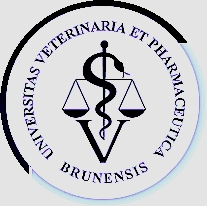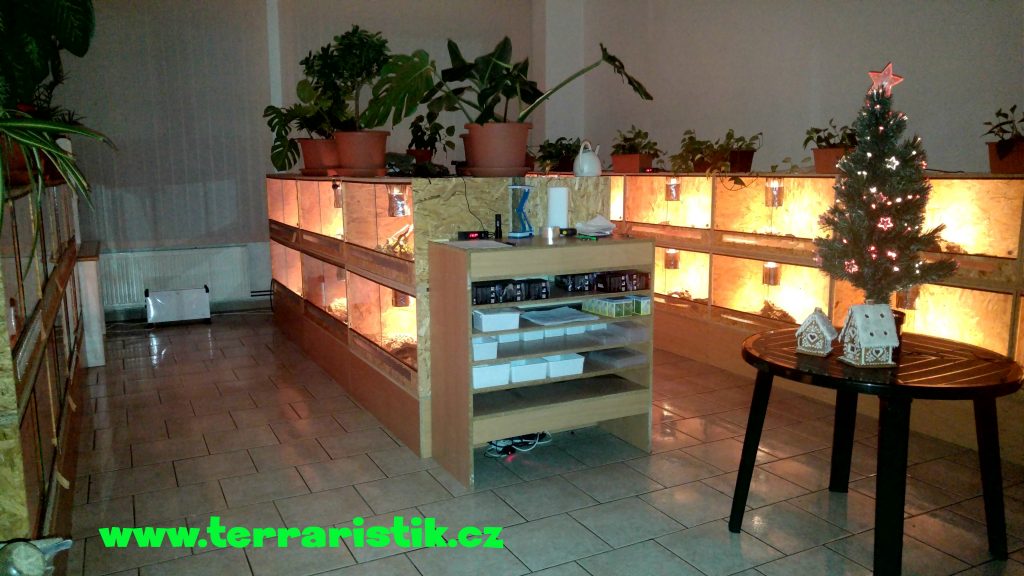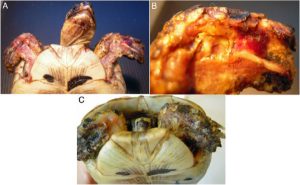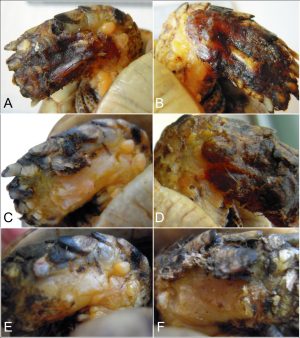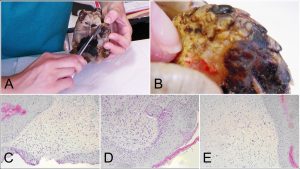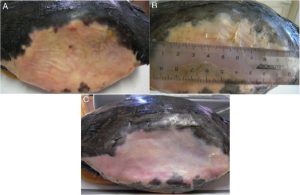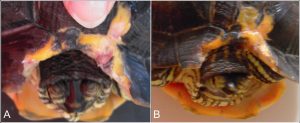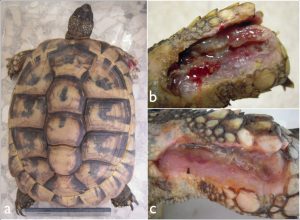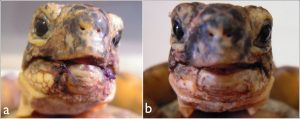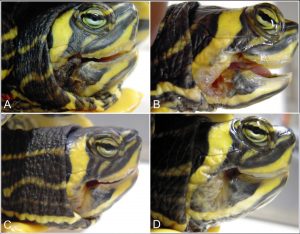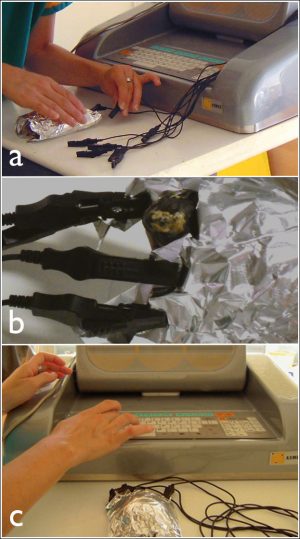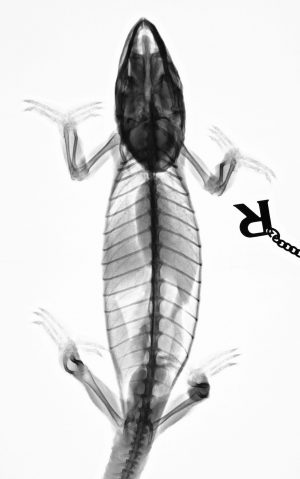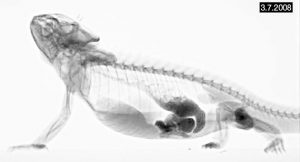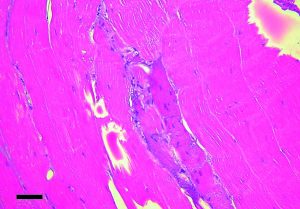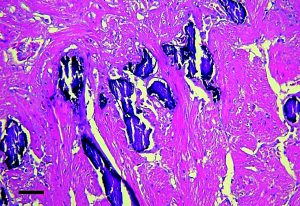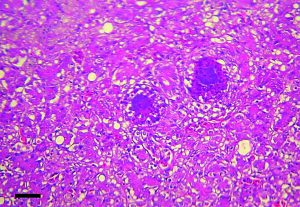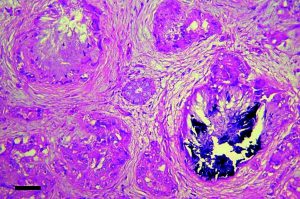Here is the worm inside
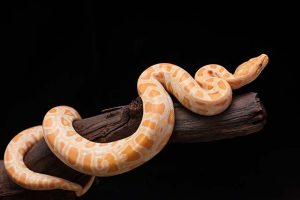
Almost all wild animals are infected with parasites. Under natural conditions, this is not a problem, because the host and parasite have adapted themselves over many millennia. A natural balance has been established between them.
Artificial living conditions in the terrarium or freights, however, alter this balance in favor of the parasites. Spatial limitation and close socialization mean that the animals are in constant contact with the eggs, spores or cysts of the parasites. The high excitation pressure can lead to mass infestation. A harmless parasite will quickly become a health threat.
The parasite attack can vary greatly depending on the conditions and the stress. Sometimes it is continually enhanced by continual new infection, but it may also suddenly increase explosively, e.g. When additional stresses such as stress or disease are added. Typical symptoms are:
Digestive disturbances, recognizable by soft, pulpy or liquid faeces. Growth disturbances in young animals
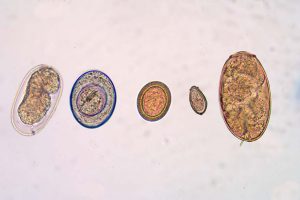
Fecal examination
Regular faecal examinations are one of the most important medical measures in terrarium management. Since parasites and their eggs are generally excreted in droppings, pathogenic pathogens can be reliably identified in this manner and specifically controlled by specific drugs. As a rule, it is sufficient to examine outwardly healthy animals once a year, in the case of chronic infestations or increased exciters, twice a year. Species holding a winter or summer rest are examined no later than two months before the start of the rest period.
Wild catches should definitely be investigated immediately after purchase, even if the animals seem to be healthy. Until the diagnosis or successful treatment they are In order not to introduce any diseases into the old stock.
Treatment
The therapy should always be carried out by a reptile veterinarian, since preparation and dosage can differ from the regulations for mammals. Unfortunately, many of the agents used kill not only pathogenic single cells, but also useful intestinal symbionts and thus lead to damage to the intestinal flora. Accompanying the drug treatment should therefore always be respected.
Affected animals are separated and placed in a minimally set-up area during the entire treatment period to pay attention. To avoid re-infections, all excretory products must be removed quickly from the pelvis.
In most cases terrarium, soil substrate and equipment must be thoroughly disinfected and the terrarium plants must be disposed of.
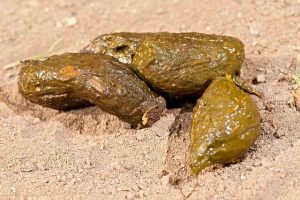
www.reptiliendoktor.com
Translation Heike Krüger, edit www.terraristik.cz












